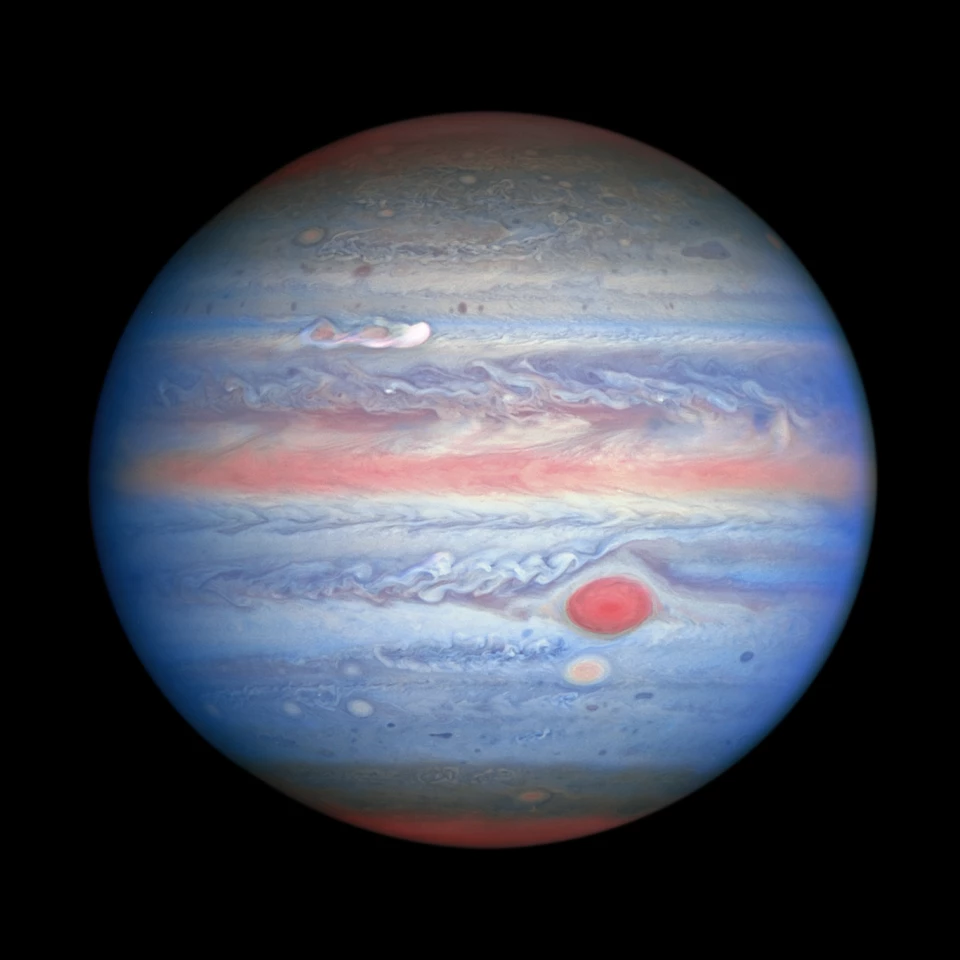It’s human nature to be transfixed by clouds and all the strange shapes they swirl into, but we don’t have to be limited to Earthly skies. Jupiter offers some of the best cloud-watching in the solar system, and new Hubble images remind us why, revealing fresh storms brewing and some intriguing changes to old ones.
The new images were snapped on August 25, showing the giant planet in all its gassy glory. Amongst the streaks of colorful cloud bands are familiar features like the Great Red Spot, a storm bigger than the Earth that’s been raging for centuries.
But what has astronomers particularly excited are the new features that have popped up very recently. In the mid-latitudes of the northern hemisphere (upper left of the planet in the image) is a bright smear of white that represents a brand new storm brewing. This plume broke out on August 18 – just a week before this image was taken – and in the weeks since, astronomers say they’ve seen two more appear in the same cloud band.
A second new image reveals more details by combining ultraviolet, visible and near-infrared light into one picture. In this shot, higher altitude clouds glow red as they absorb ultraviolet light, while the blue sections represent UV light being reflected back. From this perspective, small red dots can be seen emerging from the white plume, which the team says might suggest that this storm will hang around longer than most.

Another eye-catching change is Oval BA, a smaller storm that first appeared about 20 years ago a little south of the Great Red Spot. Sometimes nicknamed Red Spot Jr., this storm was once red like its bigger sibling before fading to white over the years. In the new image, however, astronomers note that its core seems to be turning red once again.
And finally, the team notes that Jupiter’s higher altitude clouds, which appear white, seem to be clearing away a bit more lately. The effect is most apparent around the equator, where there’s a thick band of pale orange clouds circling the planet – visible as a red streak in the composite light image.
These images were taken as part of the Outer Planets Atmospheres Legacy program (OPAL), a Hubble project to monitor changes in the atmosphere of solar system planets over the years.
Source: NASA





